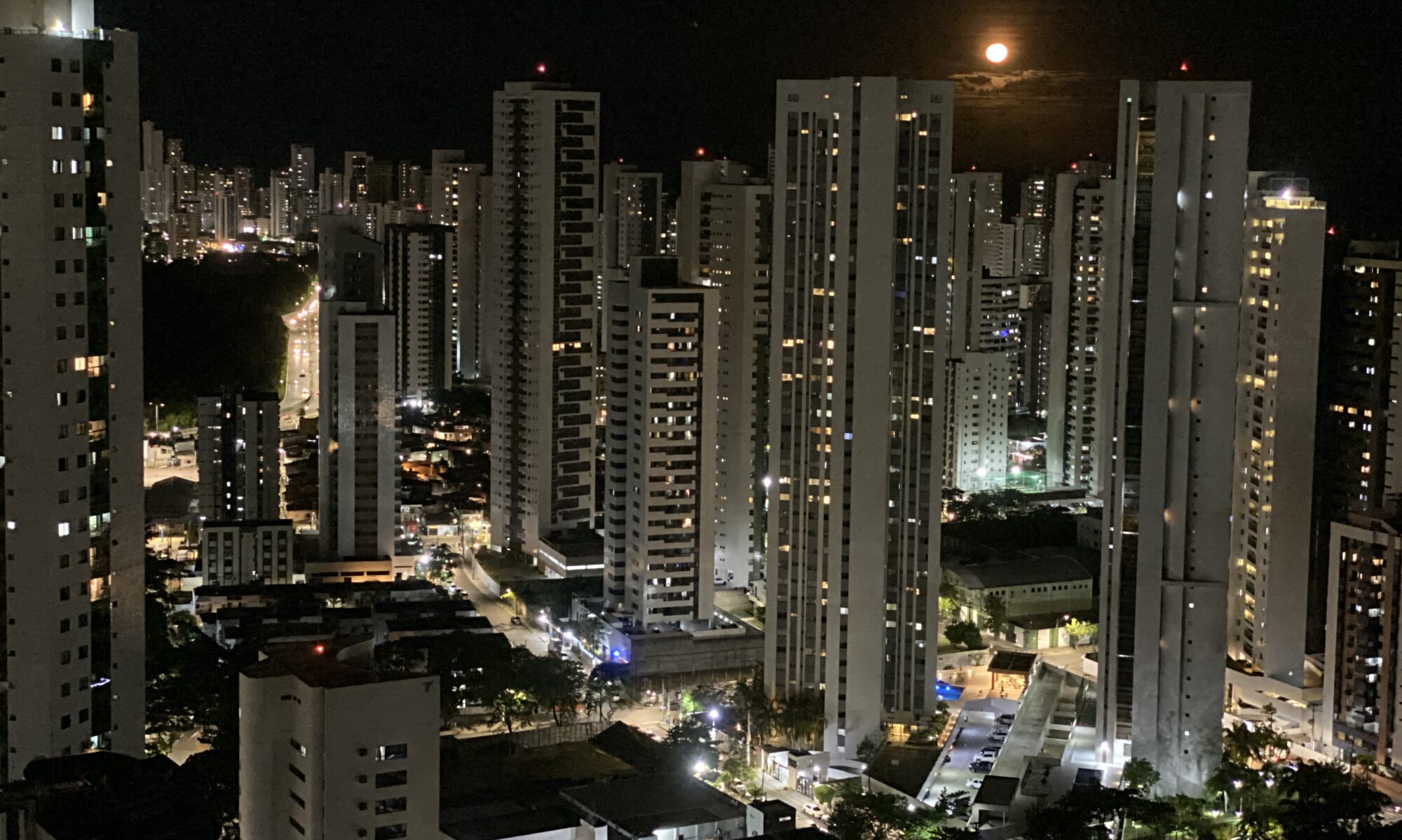With only 2% of its area of 143,000 km2 deforested, Amapá has the lowest rate of destruction of the original vegetation cover of any Brazilian state. More than two thirds of its territory is covered by forest and the rest is scrub and lowland. On the coast, practically untouched beaches are dotted with mangrove swamps, the best examples of this habitat in Brazil, where the mixture of salt and sweet water favours the production of food chains for many animal species.
In Amapá, the town, river and bay (all called Oiapoque) mark the northernmost point of Brazil. The State, on the frontier with French Guiana and Surinam, is bisected by the line of the Equator. The climate, hot and humid, is shaped by two well defined seasons: a sunny season and a rainy season, each one lasting six months.
More than 23% of the area of Amapá is protected. There are eight conservation units, covering 14% of the territory, and two indigenous reserves, representing a further 8.6%. In these reserves live around 5,000 Indians of the Galibi, Karipuna, Palikur and Waiapi tribes. Together with the original Europeans, particularly Portuguese, who colonised the area, and the Africans who settled there, the Indians make up the population of Amapá, where the mixture of cultural traditions can be seen in the food, the music and the dance.
Amapá was a federal territory until 1988, when it achieved full statehood, and has a long history of territorial disputes involving the Spanish, the Portuguese and the Dutch. The Treaty of Tordesillas, in 1494, ceded the region to Spain. In 1637 the territory was granted to Bento Manuel Parente as an hereditary captaincy, but it was invaded by the Dutch, the English and the French from their neighbouring colonies in the Guianas. There were various battles and, apart from the French, the other invaders were repulsed.
In 1713, the Treaty of Utrecht represented an attempt at peace. It was proposed that Oiapoque should remain the frontier between the territories of France and Portugal, but the French subsequently failed to adhere to the agreement. At the end of the nineteenth century, the discovery of gold and the steep rise in the price of rubber aggravated the dispute. It was only in 1900 that an international commission made up of various countries resolved the argument in favour of Brazil.
Historically, one of the most important sectors in the economy of Amapá has been mineral production. For four decades, manganese was the only commercially exploited mineral. Beginning in the 1980s, there has been considerable diversification, with the commencement of mining operations for gold, chrome and kaolin. Today, largely through the port of Santana, Amapá exports minerals, timber, palm oil and other agricultural and forest products.
Despite being the state with the lowest rate of deforestation in relation to its original vegetation cover, Amapá faces environmental problems caused by over-exploitation of certain species of timber, prospecting, mining, cattle ranching, indiscriminate exploitation of palm hearts, extension of silviculture based on exogenous species, over-hunting and over-fishing and the growth of itinerant agriculture.
The Government of Amapá sees sustainable tourism as a promising development in the regional economy. The port city of Santana and Mazagão Velho are free zones, exempt from value added and export taxes. Amapá has three airports. The state is crossed by a highway of 900 kilometres, from Oiapoque, in the extreme north, to Laranjal do Jari, in the south. During the seventies, an ambitious rubber tapping and agricultural programme, called Projeto Jari (Jari Project) came into effect in the state.

